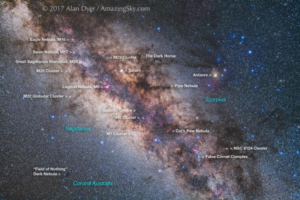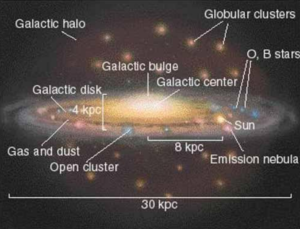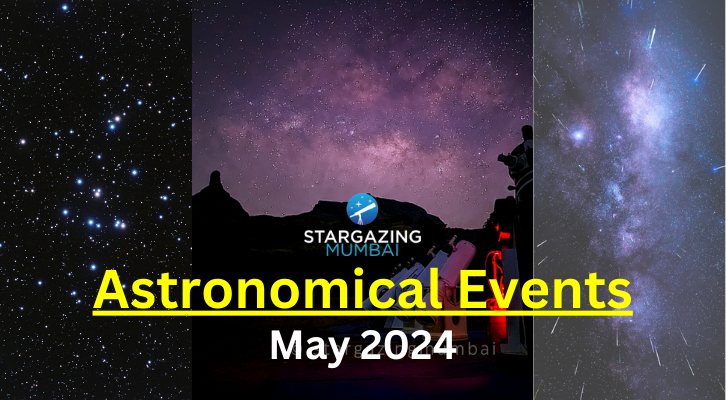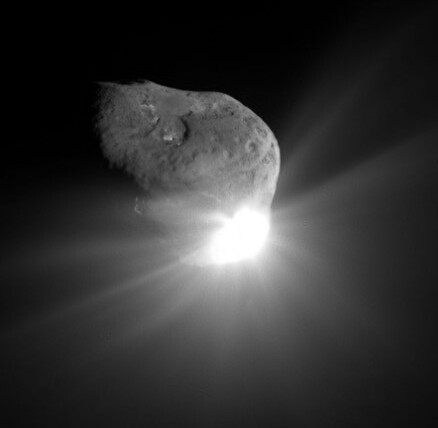Star Clusters and their 2 types
The Night Sky has a myriad of things to look for, many of which are visible to the naked eye and easily recognizable. Some objects, however, need more sophisticated instrumentation to be visualized. Have you ever seen a fuzzy patch in the sky and wondered whether it was another galaxy or a telescopic deformity? These faint, fuzzy patches could be either a galaxy, a nebula or even a star cluster! When Naked-Eye-Stargazing, the only galaxy you are most likely to come across is Andromeda since it is the closest and also the farthest object in the night sky visible without any optical instruments. The other possibility is that you have spotted a Star Cluster!
A star cluster is a group of stars that originate from the same stellar cloud or nebula, thus most of the stars in a cluster are roughly the same age. These star clusters can comprise stars ranging from a few thousand to about a million, Open Star Clusters are groups of relatively younger stars loosely bound to each other by gravitational forces.
Globular Clusters are another type of star cluster that consists of millions of stars strongly bound by gravitational forces of attraction, these clusters are quite ancient with the youngest ever cluster to be about 3.2 Galactic Years or 690 million years old with the oldest being 10 billion years old. 4 billion years younger than the universe itself! Open Clusters on the other hand have been found to get as old as 2 billion years.
Open Star Clusters
Star Clusters not only pose mesmerizing sight but are also an active area of research. Young open clusters are a window to viewing the process of star birth, they contain many protostars i.e., stars that are still gathering material from their parent molecular cloud. One such example of open clusters is found in the sword of the constellation Orion, The Orion Nebula.

The hazy patch in the above picture is a cloud of dust and gas, a number of stars can be nestled in this cloud. Such open clusters that haven’t dissipated their molecular clouds or parent nebulae are called Embedded Clusters.
Globular star clusters
The other category of “Fuzzy Blobs” is the Globular Clusters. These clusters are named so due to their spherical shape which is due to the dense packing of stars in them so much that before the advent of the telescope they were considered “peculiar” stars.

Later in the 17th century, Charles Messier catalogued them so they would not be misunderstood as comets and hinder his search for them. The closest globular cluster to our planet, M4, is about 5,500 light-years (520,000,000,000,000,000 or 5.2 x 10^16 km!) away. Globular Clusters are situated towards the halo and were an important landmark in correcting the value of the Hubble’s Constant and thus our understanding of the age of the universe.
They also changed the notion of our solar system being at the centre of the Milky Way Galaxy as it believed before the 1930s, globular clusters being formed in the galactic halo would’ve appeared equally distributed throughout the sky. However, most of them are shifted towards one side, namely, the constellation Sagittarius has a number of globular clusters in it.


The above image gives a visual representation of the location of Star Clusters around a galaxy. Generally, Open Clusters revolve around the centre along with the galactic disk while Globular Clusters are located in the halo.
The next time you step out in the dark, don’t forget to grab your binoculars. The heavens above might have just what you’re looking for.
“When I have a terrible need of shall I say the word ‘Religion’, then I go out and paint the stars.“ ~ Vincent Van Gogh
Enjoyed reading this article? Check out: Halley’s comet



